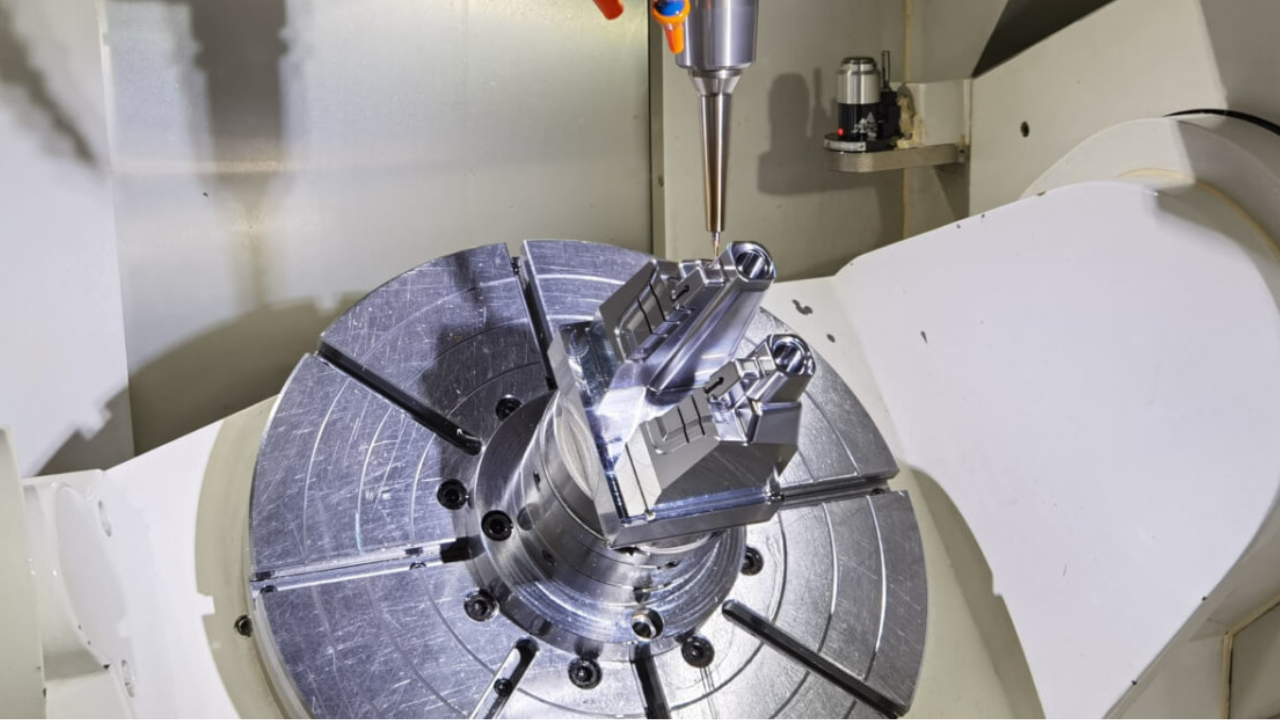A specific type of precise machining called CNC turning uses a cutter in contact with a rotating workpiece to remove material. Computer instructions are used to direct the motion of the equipment, enabling incredibly high precision and repeatability.
Turning is distinct from CNC milling, in which the cutting tool rotates and is directed towards the workpiece, which is typically stationary, from a variety of angles. Because CNC turning rotates the workpiece as it is held in a chuck, it is typically used to make round or tubular shapes and produces far more accurate methods.
A turret is where the tooling for a CNC lathe machine is positioned. Until the necessary 3D model is created, this component is programmed to perform specific motions and remove material from raw materials. CNC turning, like CNC milling, and finished products quickly.
Components of CNC Turning Machine
Let’s study a CNC turning machine’s number one part.
Headstock
The front portion of the machine is made up of a turning center’s headstock. Since it houses the main spindle, where the chuck attaches to hold the workpiece, it is typically found on the left side of the machine. As a result, the drive motor and the spindle-powering mechanisms are housed in the headstock. The largest diameter of the workpiece that can be mounted through the headstock will depend on the spindle bar’s capacity.
Tailstock
The opposite end of the turning center is here. The tailstock, which is attached to the lathe bed, is meant to support longer raw materials. This support is provided with the help of the tailstock quill using hydraulic force. The tailstock moves with the workpiece, while the spindle provides the driving force. However, if face turning is crucial, you shouldn’t use a tailstock. The tailstock will make the process more difficult.
Spindle
The spindle is frequently referred to as the machine tool’s heart. The spindle assembly and spindle driving system make up the primary spindle of the CNC turning lathe. A sub-spindle or multiple spindles may be used in some CNC turning centers. These facilities frequently omit the tailstock in favor of the second spindle.
Under the guidance of computer instructions, the sub-spindle rotates longitudinally in the direction of the primary spindle. In this manner, the backside of workpieces can be machined without the need for further loading and unloading operations.
Chuck and Collet
By holding the component between its jaws, the chuck fixes the spindle in place. It may be replaced, nevertheless, enabling the cutting of various-sized pieces. A collet, on the other hand, is a scaled-down chuck that enables the machining of smaller components. Due to their improved grip on smaller components, parts suited for a collet are frequently 60 mm or smaller.
Lathe Bed
The base plate sitting on the table underneath the workspace is the bed, which is often composed of cast iron. The bed extends through the headstock and tailstock connections. Along the length of the bed are various attachments and a tool turret.
Carriage
This part guides and feeds the tool turret against the workpiece while supporting it. The cross-slide, saddle, and turret make up the carriage. For milling operations, motorized rotary tools are typically used on CNC turning centers with live tool turrets. With less or no need for auxiliary operations, the machine’s functionality increases.
Tool Turret
The tool turret is what newer, better machines have in place of the carriage. These ones let you switch between the cutting tools required for a particular task because they can carry numerous tools simultaneously. This implies that switching from one operation to another doesn’t require much time.
At the End
Round or cylindrical pieces are best created on CNC turning machines. These pieces are swiftly, precisely, and consistently produced by lathes. One of the most important aspects of the industrial sector is CNC turning. Its adaptability and production capacity guarantee consistent mass production.
